The Science of Human Nociception
Introduction
Human nociception refers to the sensory nervous system's response to harmful or potentially harmful stimuli. It is a critical component of the body's defense mechanism, alerting the individual to potential damage and prompting protective actions. Nociception involves the detection, transmission, and perception of noxious (painful) stimuli, and is distinct from pain, which is the subjective experience associated with nociception.
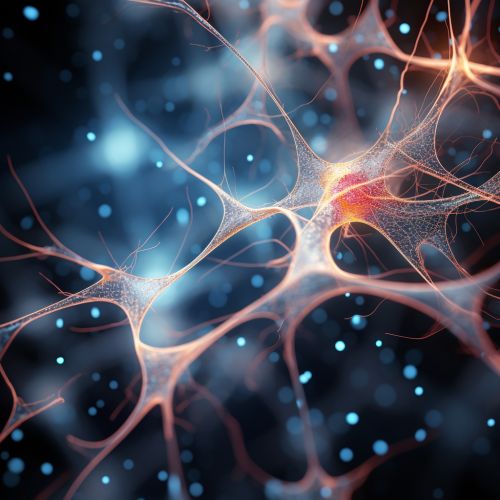
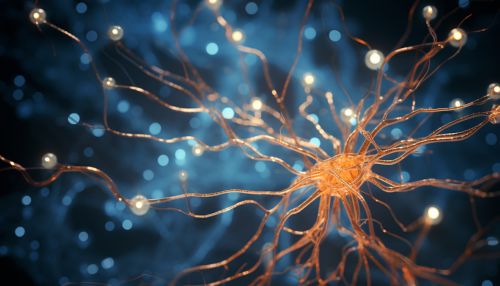
Nociceptors
Nociceptors are specialized sensory neurons that are activated by noxious stimuli. These neurons have free nerve endings and are primarily found in the skin, muscles, joints, and some internal organs. They are classified into two main types: Aδ fibers, which are myelinated and transmit sharp, well-localized pain, and C fibers, which are unmyelinated and transmit dull, diffuse pain.
Nociceptors can be further classified based on the type of stimuli they respond to. Thermal nociceptors are activated by extreme temperatures, mechanical nociceptors respond to intense pressure or mechanical deformation, and polymodal nociceptors respond to a variety of stimuli, including chemical, thermal, and mechanical.
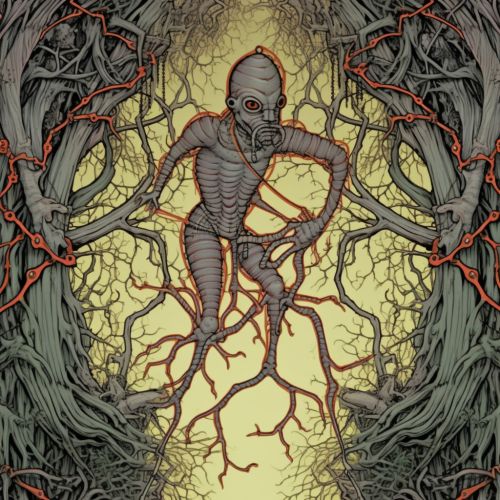
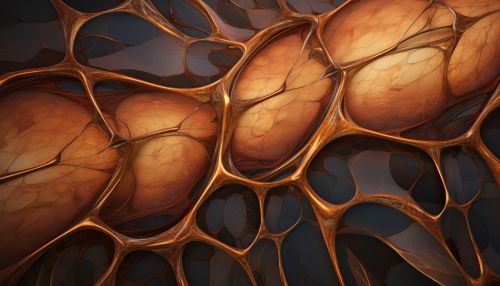
Transduction
Transduction refers to the conversion of a noxious stimulus into an electrical signal by the nociceptors. This process involves ion channels and receptors located on the nociceptor membrane. When a noxious stimulus is detected, these channels and receptors undergo conformational changes that result in the influx of positive ions into the nociceptor, leading to depolarization. If the depolarization reaches a certain threshold, it triggers an action potential, which is then transmitted along the nociceptor fiber towards the central nervous system.
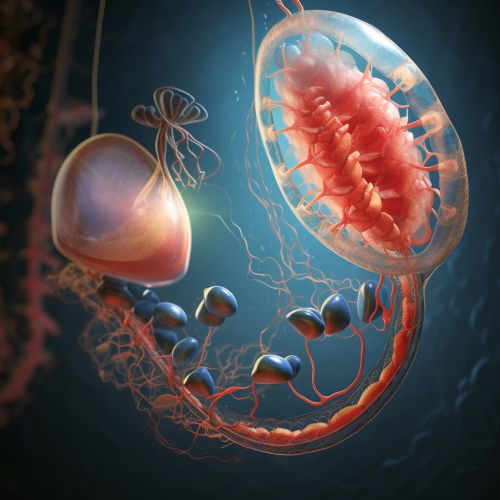

Transmission
Transmission is the process by which the action potential generated by the nociceptor is conveyed to the central nervous system. This involves the propagation of the action potential along the nociceptor fiber and its subsequent relay through the dorsal horn of the spinal cord and up the spinothalamic tract to the brain.

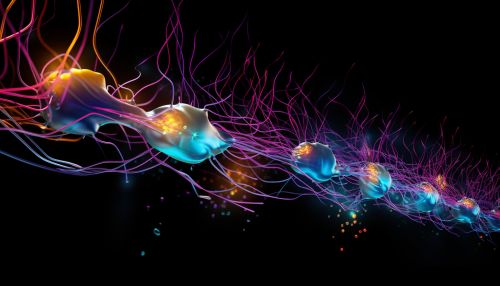
Perception
Perception is the final stage of nociception and involves the conscious awareness and interpretation of pain. This process occurs in the brain and is influenced by various factors, including past experiences, emotional state, and cultural background. The perception of pain can be modulated by the descending pain pathways, which can either enhance or inhibit the transmission of nociceptive signals.
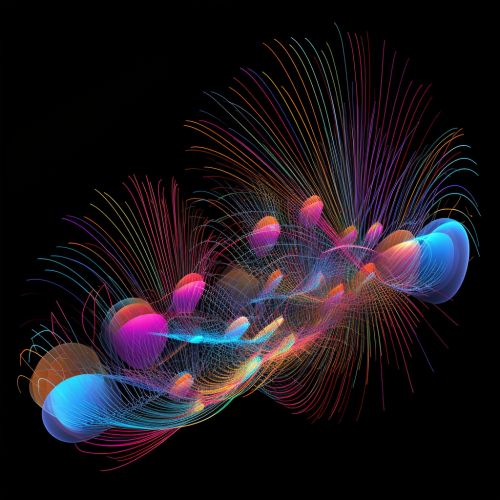
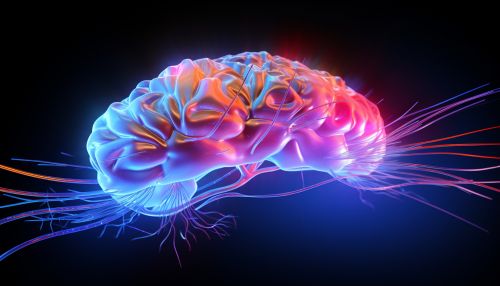
Modulation
Modulation of nociception refers to the alteration of nociceptive signals by the central nervous system. This can occur at various levels, including the level of the nociceptor, the spinal cord, and the brain. Modulation can either amplify or dampen the nociceptive signals, and is influenced by various factors, such as the emotional state of the individual, the context in which the pain is experienced, and the presence of other sensory inputs.
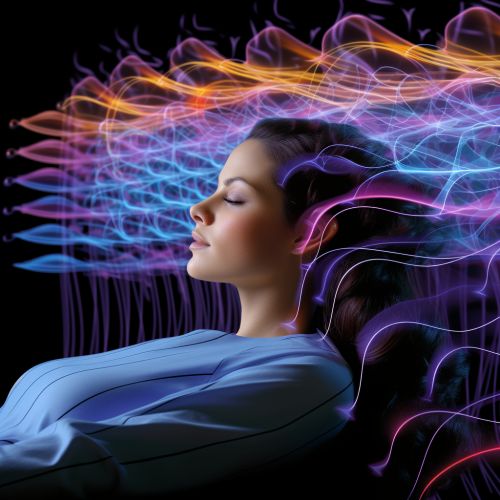
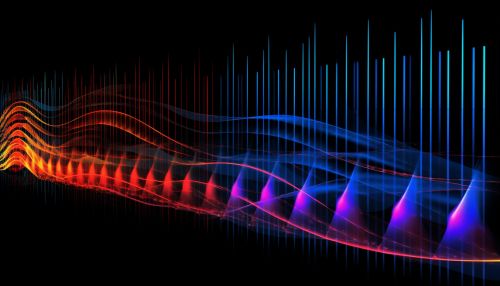
Clinical Relevance
Understanding the science of human nociception has important clinical implications. It can help in the development of effective pain management strategies and the treatment of various pain-related conditions. For example, drugs that target specific ion channels or receptors involved in nociception can be used to alleviate pain. Moreover, understanding the modulation of nociception can provide insights into the mechanisms underlying chronic pain and the development of novel therapeutic approaches.


